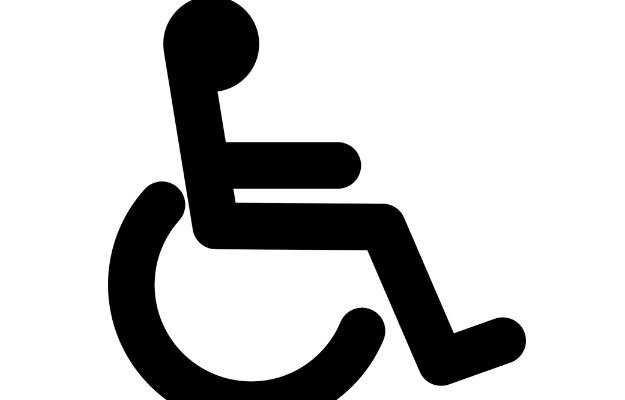What is Friedreich’s ataxia?
Friedreich’s ataxia is a genetic disorder affecting the brain and spinal cord. It impairs a person’s ability to walk properly and worsens with age.
It is a rare disorder caused by a genetic mutation and is named after the German physician who first discovered it.
What are its main signs and symptoms?
- Friedreich’s ataxia may begin early or in the later years. Early-onset Friedreich’s ataxia begins to show symptoms between 5 and 10 years of age, whereas late-onset Friedreich’s ataxia can begin in the early 30s.
- The primary symptom is difficulty in walking. This can be accompanied by muscle weakness and numbness in the feet.
- A patient may also experience vision loss or difficulty with eye movements.
- Speech and hearing problems are the other symptoms of this disease.
- Structurally, the spine shows an abnormal curvature and there are deformities of the foot.
- The heart is very commonly affected in this condition, showing weakening of cardiac muscles.
What are the main causes?
- Friedreich’s ataxia occurs because of a mutation in a particular gene called FXN.
- The DNA in this gene shows an abnormal sequence, causing the disease.
- It is an autosomal recessive disease, which means a child will have the disease if both the parents pass on the defective gene.
- If the defective gene is inherited only from one parent, the child becomes a carrier of this disease and does not usually show any symptoms of it.
How is it diagnosed and treated?
The doctor conducts a physical examination of the neuromuscular system after taking a detailed history of the symptoms.
- The brain and spinal cord are checked using an MRI, CT scan or X-ray.
- Other tests include an electromyogram to check muscle function, an electrocardiogram to check the functioning of the heart and blood tests for glucose and other parameters.
- The final diagnosis is made through genetic testing for the defective gene.
The objective of treating Friedreich’s ataxia is to help the patient cope with the symptoms and live independently, as it cannot be cured completely.
- Treatment strategies include physical therapy, muscle exercises and walking aids.
- For speech issues, speech therapy can be helpful to improve communication.
- Orthopaedic appliances may be recommended for a curved spine or foot deformities.
- To manage heart disease, medications can be given. However, the condition worsens with age.

 OTC Medicines for Friedreich's Ataxia
OTC Medicines for Friedreich's Ataxia















